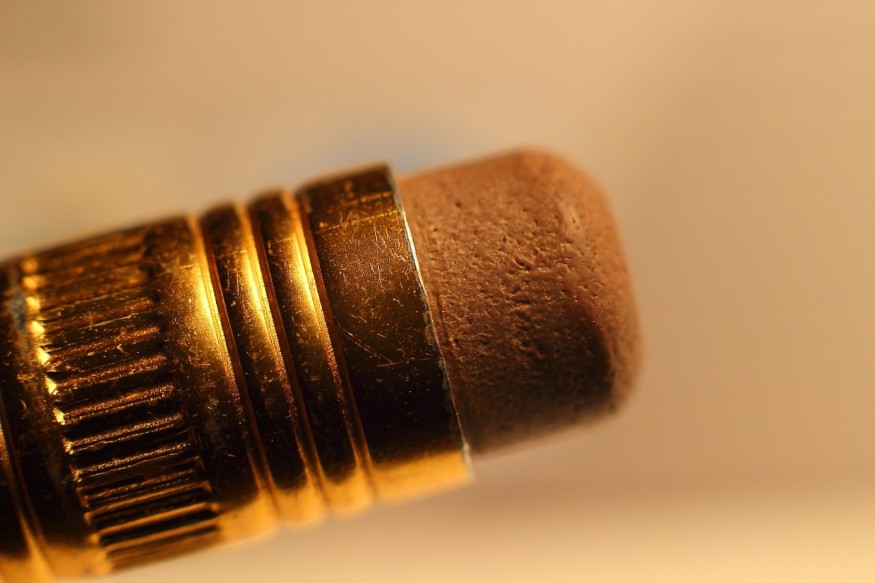Since humans started to send space missions in the 1950s, thousands of rockets and satellites have gone into orbit, with some even there and posing an ever-increasing risk of collision. The problem of space junk or space debris is set to increase as humans launch more satellites and missions.
An anonymous Reddit user who claims to be working in the aerospace industry has shared a photo of a solid block with a crater at the center caused by small space debris. The crater looks enormous and is quite possible given that the space junk was traveling at great speeds.

Space Debris Meets Solid Block of Aluminum
Space is now full of space debris with the small amounts of scrap, trash, and machinery humans have abandoned in the low-Earth orbit. But this space junk could turn into a high-velocity projectile that can cause significant damage.
The Department of Defense's global Space Surveillance Network (SSN) sensors are tracking more than 27,000 pieces of orbital debris that move around the planet at about 15,000mph (24,140kph) or equivalent to 14.17 g-force.
To further explain how they could affect satellites and the International Space Station (ISS) in the future, a Reddit user posted an image of what a 1/2 ounce of space debris could do to a solid block of aluminum. According to Freethink, the experiment was done using a light-gas gun in close quarters, showing the great impact tiny space debris can have.
It shows a crater at the center that is 5 inches deep, which is caused by something that is only as big as the eraser at the tip of a pencil. When the space station was hit by pieces the size of a paint chip, astronauts had to go outside to repair the ship for weeks. That is why the football field-sized laboratory needs to constantly move to avoid getting hit.
Risks of Space Junk to Space Exploration
All space junk results from objects launching from Earth remain in orbit until it returns to the atmosphere and burns up or crashes on land. The debris that stays in space can re-enter the atmosphere after a few years, but many are left at altitudes of 36,000 kilometers, where communications and weather satellites are placed in geostationary orbits to continue orbiting the planet for many years.
They can smash apart into thousands of new species and create new space debris. As of the moment, space junk does not pose a huge threat to space exploration efforts. According to Natural History Museum, they pose the biggest danger to other satellites in orbit.
Due to their presence, satellites have to perform hundreds of collision avoidance maneuvers every year, including the ISS, where astronauts live. Fortunately, collisions are rare. The last satellite to collide and be destroyed by space junk was in 2009.
Check out more news and information on Space in Science Times.










